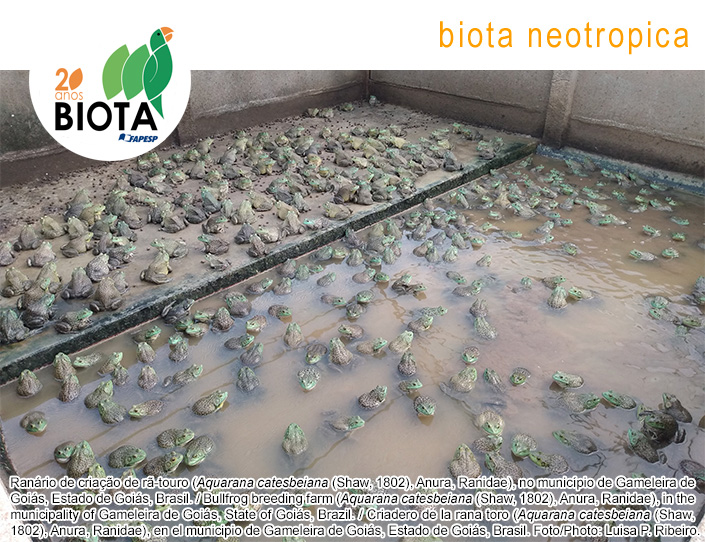Invasiveness in Schefflera s.l.: do non-native species outperform phylogenetically related native species?
Resumen
Abstract: Can differences in biological attributes related to seed germination and seedling development between phylogenetically close native species and invasive non-native species help explain biological invasion potential in subtropical forests? Can the expression of these attributes vary according to different conditions of light when assessed experimentally? To answer these questions, we collected seeds of four phylogenetically close species, two of which are native (Didymopanax angustissimus Marchal and Didymopanax calvus (Cham.) Decne. & Planch.) and the other two are invasive non-native species (Heptapleurum actinophyllum (Endl.) Lowry & G.M. Plunkett, Heptapleurum arboricola Hayata) on coastal regions of southern Brazil. The seeds were set to germinate under different light conditions (100% and 50%) for a period of 180 days. We compared seed germination, seedling survival and growth between the native and invasive non-native species. H. actinophyllum showed higher proportions of germinated seeds, compared to the native D. calvus in T100. The native D. angustissimus showed higher Index of Velocity of Germination (IVG), compared to invasive non-native H. arboricola in the T50. The rate of survival of the invasive non-native species was higher at 50% of light. The higher germination proportion of the invasive non-native species help to explain their invasiveness regardless of light intensity. Our results suggest potential plasticity in H. arboricola for root/shoot biomass allocation under different light availability conditions. Both invasive non-native species are shade-tolerant, allowing them to germinate in the forest undergrowth. This trait may contribute to their establishment and invasion success in forests. Thus, both H. actinophyllum and H. arboricola should be considered a threat to closed canopy forests.Descargas
Publicado
01/01/2025
Cómo citar
Carmes, A. A., Sühs, R. B., Fiaschi, P., & Dechoum, M. S. (2025). Invasiveness in Schefflera s.l.: do non-native species outperform phylogenetically related native species?. Biota Neotropica, 25(1). Recuperado a partir de https://www.biotaneotropica.org.br/BN/article/view/2098
Número
Sección
Artículos
